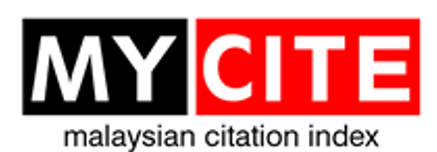PLB Regeneration of Paphiopedilum rothschildianum using Callus and Liquid Culture System
DOI:
https://doi.org/10.51200/jtbc.v15i.1469Keywords:
Seed-derived protocorms, secondary protocorms, Temporary Immersion System (TIS), RITA® bioreactor systemAbstract
This research was conducted to rapidly propagate Paphiopedilum rothschildianum using semi-solid and liquid culture systems. Calli were induced from seed, leaf segments (LS), seed-derived protocorms (SDP) and secondary protocorms (SP) cultured on half-strength semi-solid MS media supplemented with 0-22.6 µM 2,4-dichlorophenoacetic acid (2,4-D) and 4.54 µM 1-phenyl-3-(1,2,3-thiadiazol-5-yl)-urea (TDZ). Regeneration of PLB from callus was optimized on semisolid medium and were evaluated in various concentrations and types of PGRs. PLB regeneration was further optimized using callus originating from a different induction medium, and cultured on different concentrations (0, 15 and 58 mM) of sucrose. For PLB regeneration using liquid culture system, 0.5 g callus were inoculated in a temporary immersion bioreactor system (RITA®) containing 150 ml liquid medium with immersion time of 5 minutes in every 125 minutes. SE, SDP and SP explants produced calli as early as 30 days with the percentages of explant forming callus at 77.0% ± 4.5, 94.4% ± 11.0, and 66.7% ± 14.4 respectively after 90 days of culture. The calli regenerated on medium supplimented with 2.27 µM TDZ and 12.0 µM BAP, but with very low percentage (15.0% ± 13.7 callus produced the average of 3 PLBs). PLB regeneration capacity increased to 37.5% ± 13.7 with the average of 5.9 PLBs for callus originating from an induction medium containing 4.54 µM TDZ, when a lower sucrose concentration (15 mM) was used in the regeneration medium. Callus proliferation using RITA® system showed an almost 2-fold increased in fresh weight and 168 PLBs per gram calli were regenerated. In contrast to semi-solid culture, the regeneration capacity in liquid culture system increased to 190 PLBs per gram calli when sucrose concentration in the medium was elevated from 15 mM to 58 mM.
Downloads
Published
How to Cite
Issue
Section
License
BY: credit must be given to the creator.
NC: Only noncommercial uses of the work are permitted.
This journal provides open access to its content under CC BY-NC 4.0 on the principle that making research freely available to the public supports greater international collaboration and information exchange.












